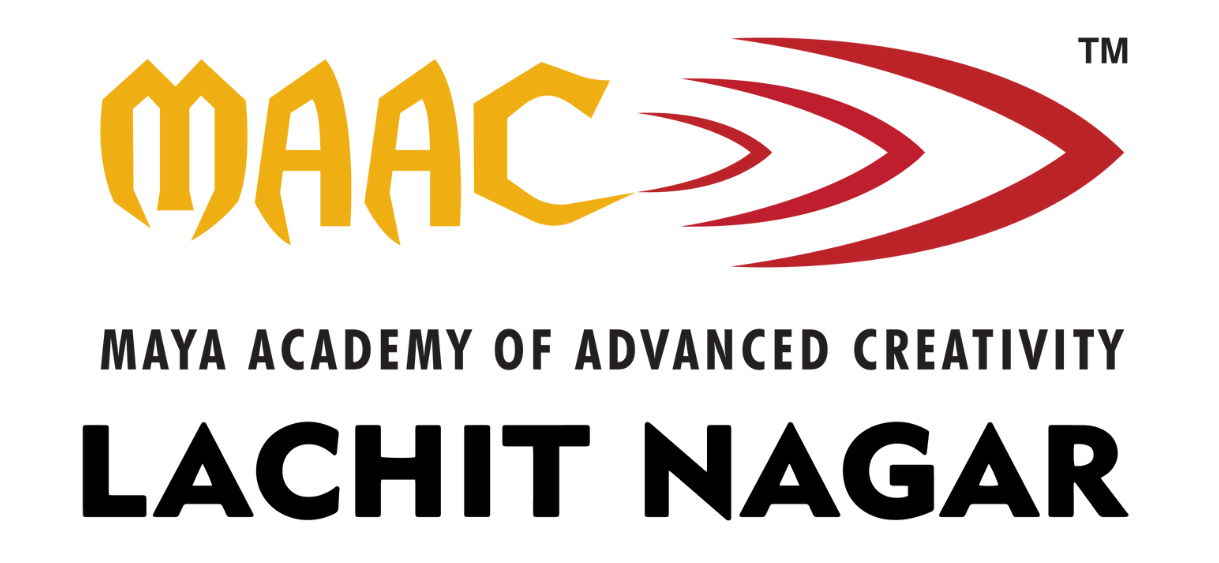Animation has come a long way since its inception, evolving from simple hand-drawn sketches to today’s stunning computer-generated imagery (CGI). This journey through time and technology showcases the remarkable transformation of animation into a powerful storytelling tool and a billion-dollar industry.
The Early Days – Hand-Drawn Animation
The origins of animation can be traced back to the late 19th century when pioneers like Eadweard Muybridge and Thomas Edison experimented with sequential photographs and motion studies. However, it was the genius of Walt Disney and Ub Iwerks that truly brought animation to life with the creation of Mickey Mouse in 1928.
Early animation was a labor-intensive process involving hand-drawing each frame on paper. Artists painstakingly created thousands of frames for even short films, such as Disney’s “Snow White and the Seven Dwarfs” (1937).
The Golden Age of 2D Animation
The mid-20th century witnessed the golden age of 2D animation, with studios like Disney, Warner Bros., and MGM producing iconic characters like Bugs Bunny and Cinderella. The introduction of the multiplane camera added depth to animation, revolutionizing storytelling.
Stop-Motion and Claymation
In parallel, stop-motion animation gained popularity, with figures like Ray Harryhausen crafting memorable creatures for films like “Jason and the Argonauts” (1963). The tactile nature of stop-motion gave a unique charm to animation.
The Digital Revolution – 3D Animation
The 1990s ushered in the digital era of animation, with the release of Pixar’s “Toy Story” (1995), the first feature-length computer-animated film. This marked a turning point, demonstrating the potential of 3D animation to captivate audiences worldwide.
Advancements in CGI technology allowed for the creation of lifelike characters and environments, giving rise to franchises like “Shrek” and “The Incredibles.” Simultaneously, 2D animation continued to thrive with films like Disney’s “The Lion King” (1994).
CGI in Modern Animation
Today, CGI is ubiquitous in animation, from blockbuster movies like “Avatar” (2009) to animated series like “Game of Thrones.” High-powered computers, sophisticated software, and rendering farms now bring unparalleled realism and detail to animated worlds.
The Role of Motion Capture and AI
Motion capture technology has played a pivotal role in bridging the gap between the real and animated worlds. Films like “Avatar” used motion capture extensively, while AI-driven animation tools streamline the creative process, enabling quicker, more realistic animations.
Virtual Reality and Augmented Reality
As technology evolves, animation is branching into new frontiers with virtual reality (VR) and augmented reality (AR). VR immerses users in interactive 3D worlds, while AR overlays digital elements onto the real world, as seen in mobile games like “Pokemon Go.”
Conclusion
The evolution of animation technology is a testament to human creativity and innovation. From the humble beginnings of hand-drawn sketches to the breathtaking CGI of today, animation has become an integral part of our entertainment landscape. As technology continues to advance, we can only imagine the exciting possibilities that lie ahead for the world of animation.



